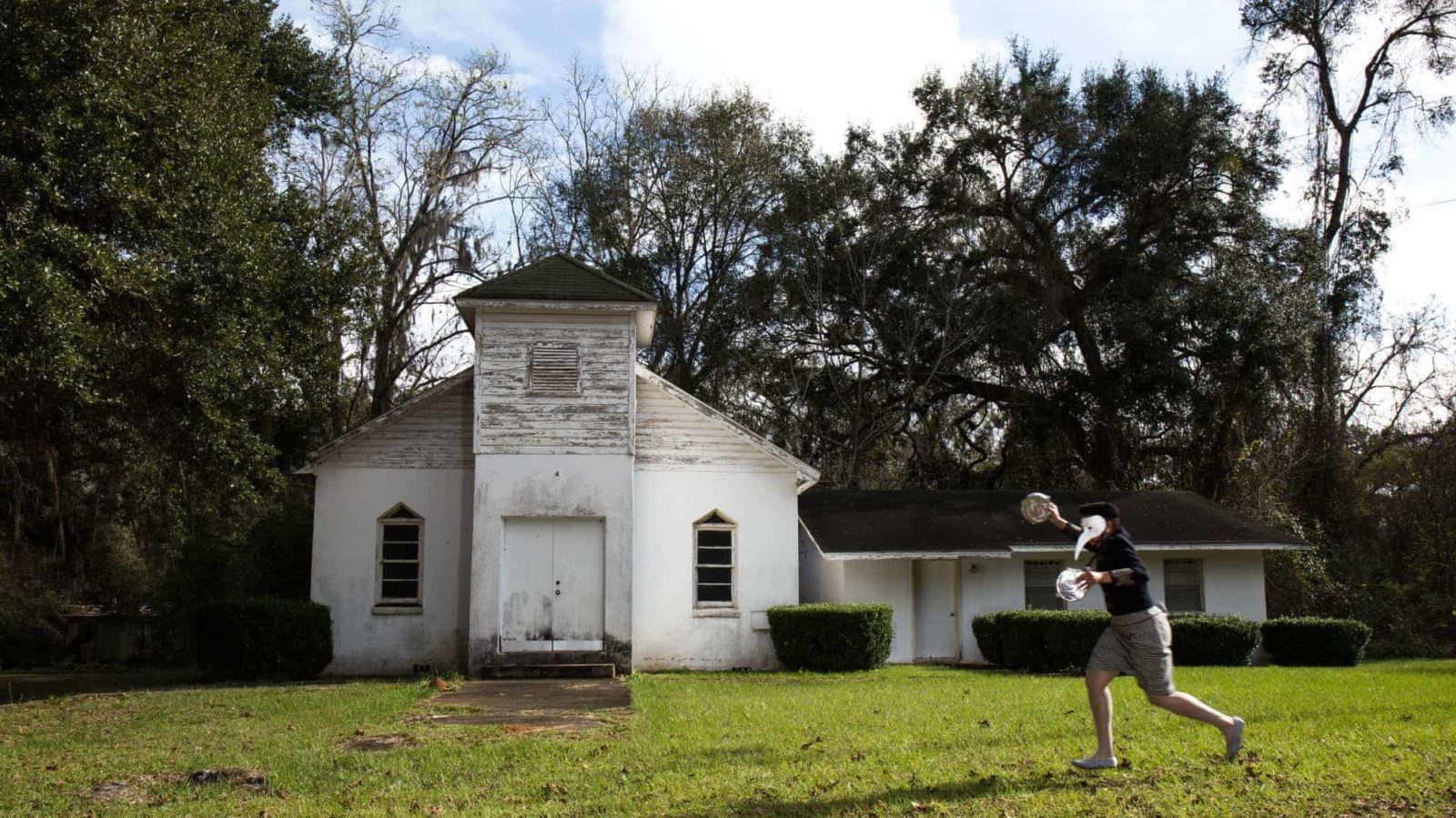The sounds come from North Florida. A choir is singing a spiritual, a woman is speaking, crickets are droning in a cedar swamp.
They are indicators of things that are changing, says New York artist Allison Janae Hamilton — insects, the migratory patterns of birds, people living with the land.
She grew up in Florida and Kentucky and on her family farm in Western Tennessee, and she brings her places and people and their strength and beauty to Mass MoCA in Pitch, a new installation co-curated by Susan Cross and Larry Ossei-Mensah, newly opened this spring.
Hamilton wants to create a space people will walk into and find gradually, turn by turn, like a forest or a maze, she said by phone as she looked forward to the show’s opening. She wants to take people through a long arc of time, past, present and future.
Cross spent childhood summers in Northern Florida and Georgia, and she shares memories of longleaf pines, Spanish moss and geckos, and Wakulla Springs, a swamp with alligators and yet also a swimming hole with a diving board where children drifted in glass-bottomed boats.
She is drawn to Hamilton’s photographs, she said, turning to images of the oldest Black church in Florida, cypress in shaded water — and a cabin in a turpentine camp that once held the company store.
For close to a hundred years, workers in the hundred-degree sun tapped pine trees for sap, for the naval industry. The sap yielded turpentine, rosin and tar, used in ship-building and chemical and household products: paint, varnish, solvents, calking, soap and the coating that lets a fiddle bow slide on the strings.
Hamilton looks at the industry as a whole, its communities, its music and its costs. It grew on the heels of slavery, she said. She has read accounts, stories and research, from Zora Neale Hurston’s field notes to letters from the state about “leased prisoners,” men and women forced to work without payment as a jail sentence.
Through the 1950s, people worked long hours for low wages in these camps. The work was hot, hard and dangerous. The workers would live there in the forests, in ramshackle temporary housing.
“Today the pine forests are so beautiful,” Hamilton said. “The trees there are tall, impossibly tall and slim, and they sway in the wind.”
She often comes in her work to these moments where beauty and violence intersect.
“In Southern landscape you find that all the time,” she said, “beautiful views mixed in with dark history.”
The workers had to buy supplies at a company store where their employers set the prices, Cross said, and many were caught in an enforced debt they could never pay off, another kind of enslavement.
“Now prisons stand on some of the same ground,” she said.
She also often has a link to labor in her work, in the shows she curates.
“I think about it, working here in an old mill in an old mill town,” she said, how labor gets tied to identity, memory and place.
And she thinks about its costs. The turpentine industry took out most of the pines in the region, and the ones that are left are still scarred. She thinks of the scars in people’s lives and on their skin.
Hamilton moves from the life in the swamps to the lives of the men and women who lived here — and live here — in photographs and film and in natural materials.
She is bringing pine wood to the museum, and fabric, boards like the handmade religious signs people put up along back roads in the rural South, and alligators sourced from a friend who hunts the meat.
They coil like the ouroboros, the Egyptian symbol of the snake with its tail in its mouth.
“The ouroboros is destruction and creation over and over,” she said.
It holds tension between the beautiful and horrific, a tension she feels in communities today who are coping with climate and change, environmental justice, spirituality and faith.
She thinks of towns in water crisis in Louisiana — Uniontown Alabama dealing with air pollution — the cancer corridor in Louisiana, land owned by back farming families suffering from industrial toxins.
And she feels for the roots in the land and in the past, when these systems began, when land was divvied up through reconstruction.
“These places still bear the legacy of all that history,” she said, “when people were given the worst, least valued land after emancipation.”
In her film, ghost-like figures walk the land that has witnessed these parts of history, amazing and beautiful, violent and grotesque and haunting.
Through them she imagines the stories in her own family, in Tennessee on her mother’s side and in North Carolina on her father’s side.
Communities are mobilizing, she said, seeking ways to survive and thrive in the aftermath of horrific circumstances. And they always have.
Early black churches were often deeply connected to the land — camp meetings outdoors and baptisms. People sat on their porches playing harmonica and guitar. She looks to them as she creates her own art. Work songs transmute into the blues and mix with spirituals. Labor and sacred and secular intersect. Notes are a blending of English hymns and West African chord progressions. And music, like the land, shows the past moving through to the present.
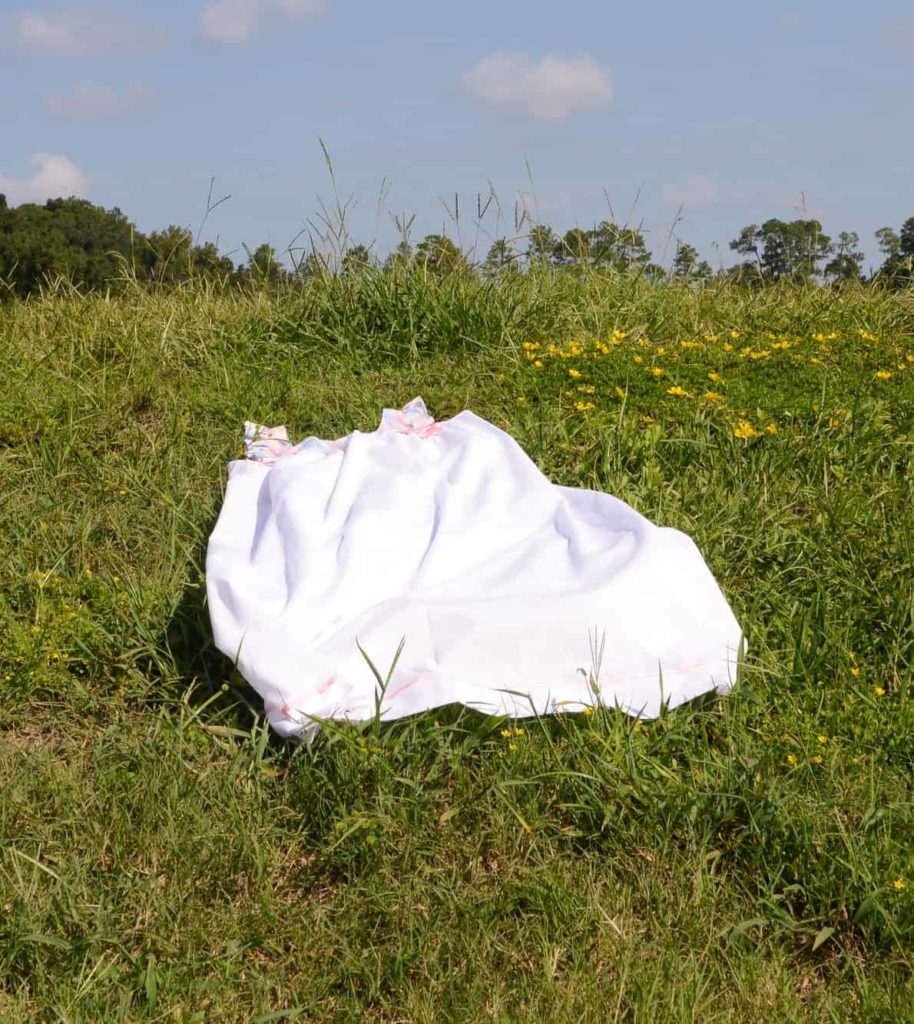
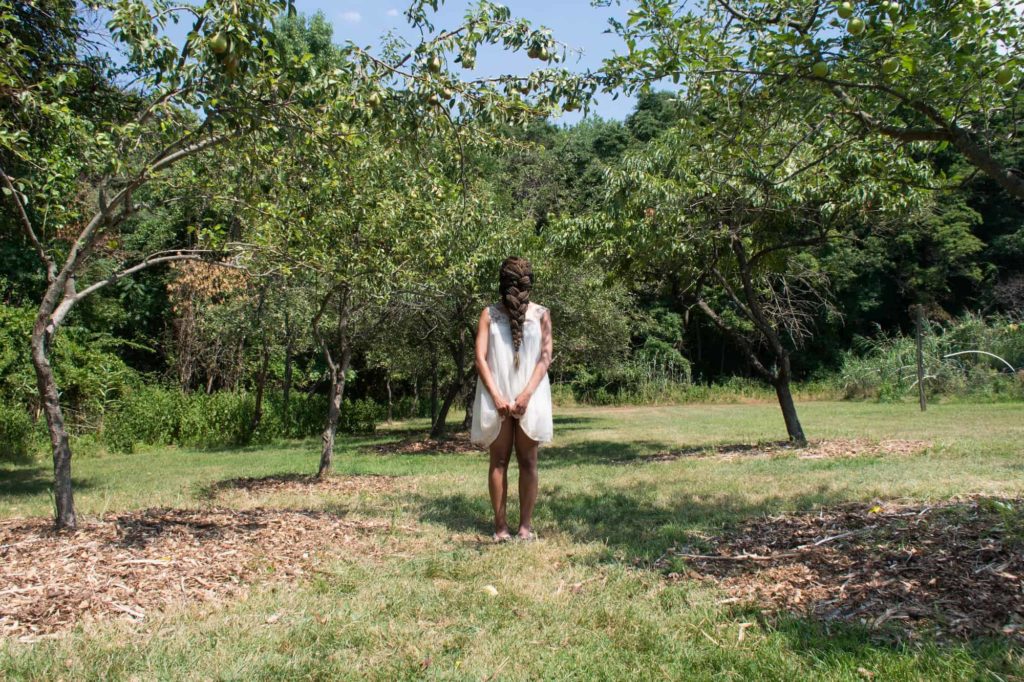
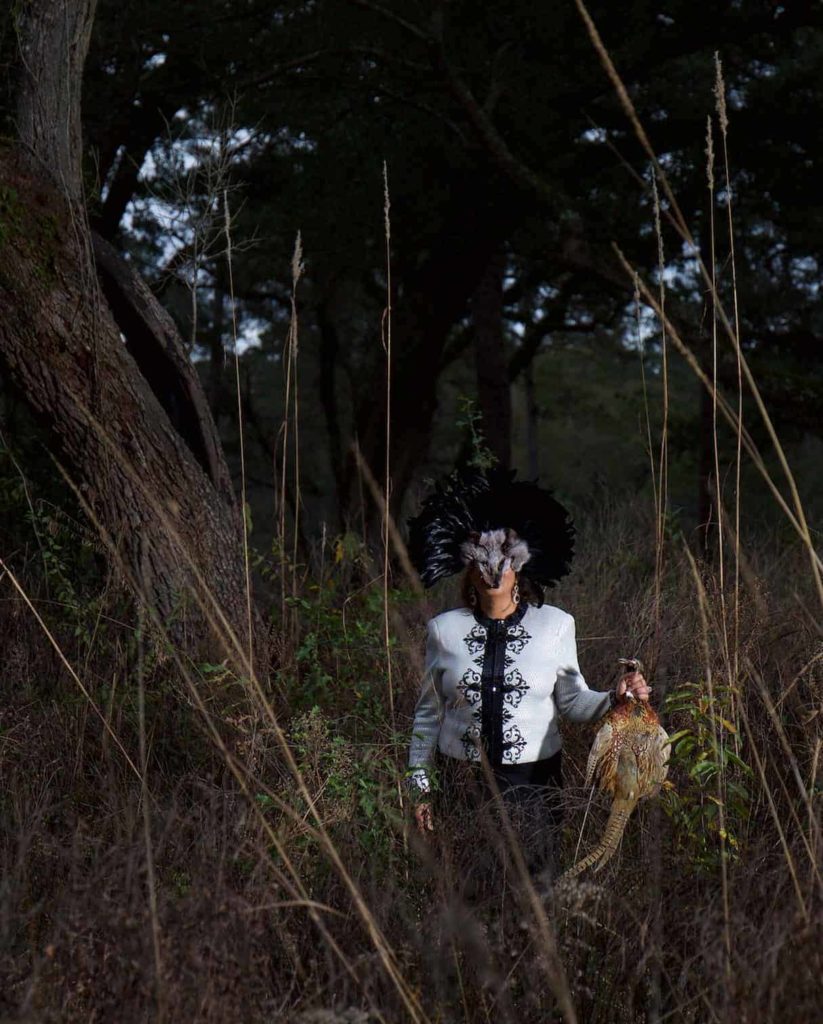
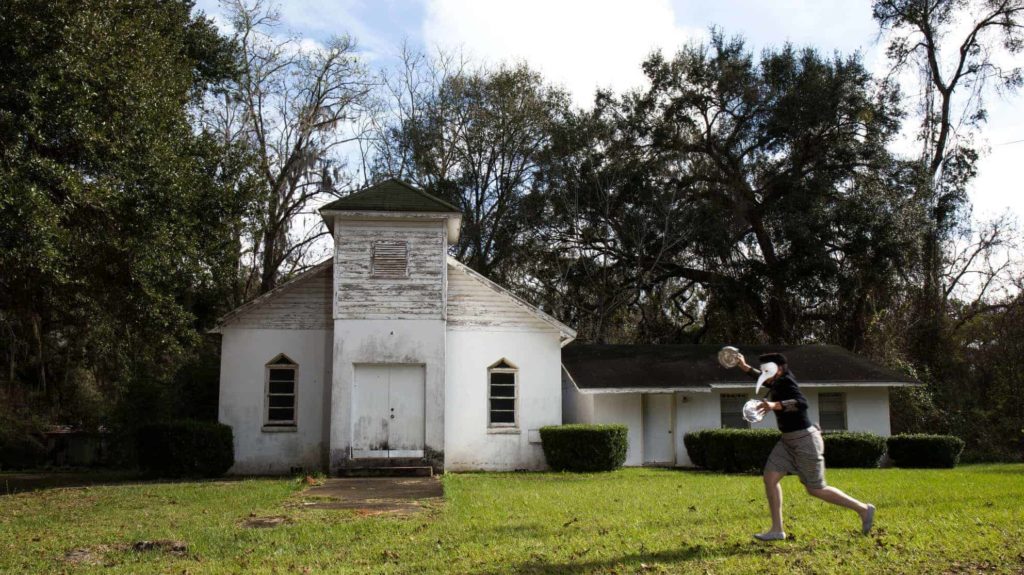
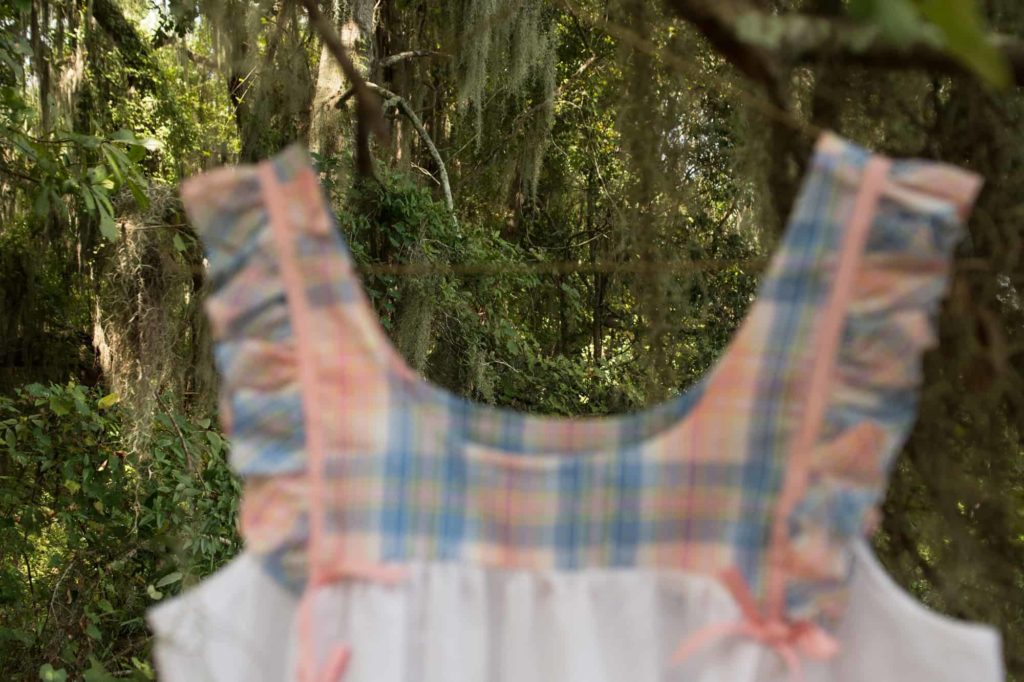
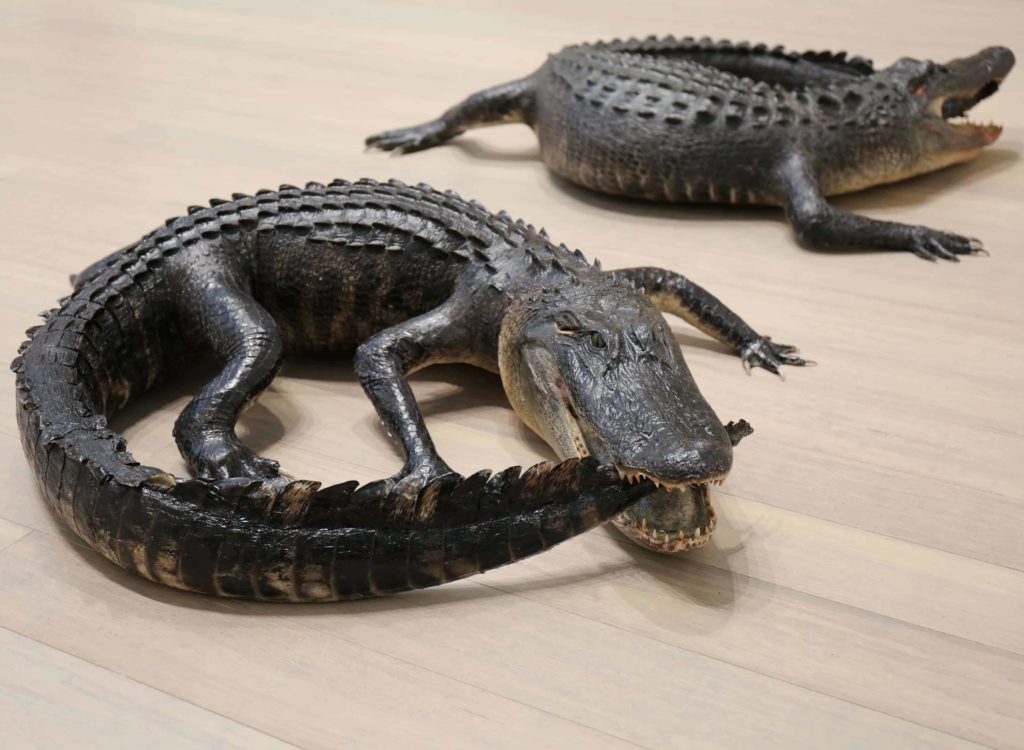

This story first ran in the Berkshire Eagle’s Arts & Entertainment section; my thanks to A&E editor Jeff Borak.

